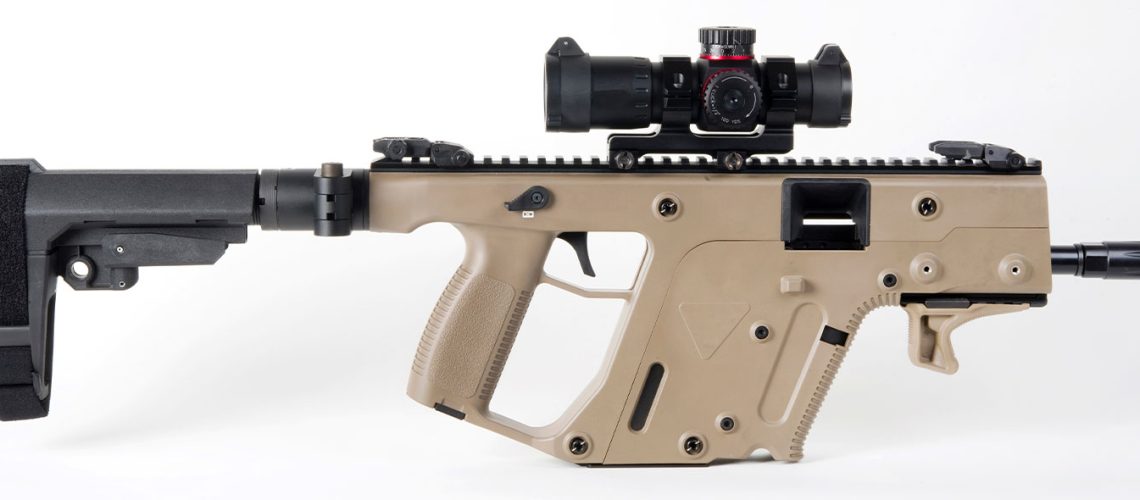The ATF calls it “Factoring Criteria For Firearms With Attached Stabilizing Braces.” Most call it “The Brace Ban,” and it could turn some law-abiding citizens into felons.
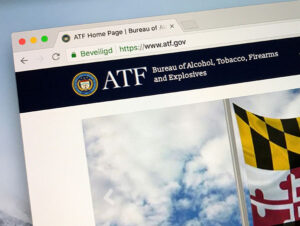 Just before SHOT Show 2023, the Bureau of Alcohol, Tobacco, Firearms, and Explosives (ATF) released new criteria that reclassify many pistols into short-barreled rifles. Particularly AR and AK firearms. And, with this re-classification, all the requirements and potential penalties that come with it.
Just before SHOT Show 2023, the Bureau of Alcohol, Tobacco, Firearms, and Explosives (ATF) released new criteria that reclassify many pistols into short-barreled rifles. Particularly AR and AK firearms. And, with this re-classification, all the requirements and potential penalties that come with it.
The new regulation comes in the form of 300 pages of new rules—often confusing, unclear, and contradictory. Certainly, they are in direct opposition to previous instructions from the ATF on how to remain compliant.
The new rules, which were created and turned into binding regulation without the participation of elected officials, will require owners to register their former pistol—now short-barreled rifle—within 120 days.

During that 120-day window, the required $200 tax stamp will be waived. Many have considered this to be an entrapment tactic – as it is unclear whether the ATF even technically has the authority to waive the $200 tax, which is imposed by law.
And, it affects more than just AR and AK firearms. Anything with a stabilizing brace that doesn’t comply with the new regulations will require the brace to be removed, or a 16-inch barrel installed in order to be in compliance.
The new rules in many cases are unclear. The firearm must have an overall length of 12 to 26 inches. But it’s unclear whether the length measurement is with the brace, or without it. Also unclear is whether an attachment like a flash hider counts in this measurement. Just one of many instances that makes it difficult to even comply with the new regulations.
One thing is clear. If the intent of the brace is to make the weapon fired from the shoulder, the pistol is now classified as a short-barreled rifle and must be registered as such.
Here are a few other key elements of “The Brace Ban” that determine whether a weapon is in compliance with the new guidelines:
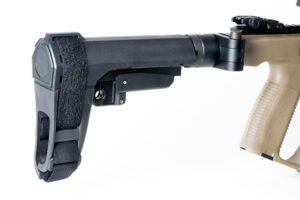 SECTION 1
SECTION 1
This section concerns the brace design. Characteristics of a design determine whether the brace is out of compliance.
For instance, the more similarities a brace has to a known stock design, the likelier it is to be out of compliance. Due to the structure of the criteria, the prospect of passing this first element of “The Brace Ban” is unlikely at best.
SECTION 2
This section concerns the configuration of the firearm itself.
“Length of pull” is one of the considerations of this section—a term usually applied to a stock, meaning the brace is at least to some degree considered a form of stock by the new guidelines.
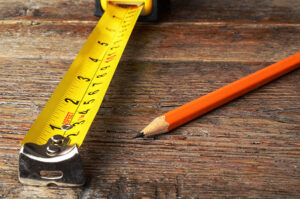 The longer the brace, the less likely it is to be in compliance. IN fact, a brace longer than 13.5 inches is forbidden.
The longer the brace, the less likely it is to be in compliance. IN fact, a brace longer than 13.5 inches is forbidden.
SECTION 3
This section concerns itself with what is attached to the firearm.
A cuff with no strap, modifying a brace for shouldering, or modifying a stock, are all characteristics that are an automatic failure.
Other items attached to the firearm also contribute to being in compliance, however. A vertical grip or magnified optic with eye relief are automatic fails. The firearm can be out of compliance for amazingly, NO sight.
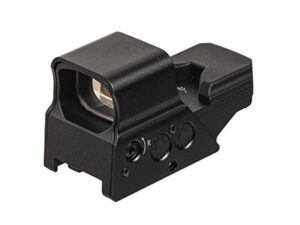 Also contributing to violating the new rules are a handstop, bipod, or monopod. The same holds true for a red dot sight, reflex sight, or holographic with flip to side magnifier.
Also contributing to violating the new rules are a handstop, bipod, or monopod. The same holds true for a red dot sight, reflex sight, or holographic with flip to side magnifier.
If the firearm has an overall weight of more than 7.5 pounds, it’s considered a short-barreled rifle.
INSULT TO INJURY
Particularly ironic is that many of the elements now considered in violation with the new guidelines are practices the ATF promoted to remain IN compliance in previous years and orders.
So, attempting to be a good, law-abiding citizen has now placed people in jeopardy. Particularly since there is no way to reasonably and reliably inform the population of the new restrictions, the result will be private citizens becoming felons without their knowledge.
In addition, an estimated 3 to 10 million of the braces are currently in circulation. So, quite a few heretofore law-abiding citizens are going to be affected.
The drawbacks to “The Brace Ban” are many. It’s unclear, contradictory, and didn’t at all involve elected representation. It’s also in direct opposition with previous ATF instruction on how to remain complaint.
 But perhaps the most detrimental effect of the new order is that it will put thousands of gun owners unkowingly in the position of violating the law without any intent whatsoever.
But perhaps the most detrimental effect of the new order is that it will put thousands of gun owners unkowingly in the position of violating the law without any intent whatsoever.

